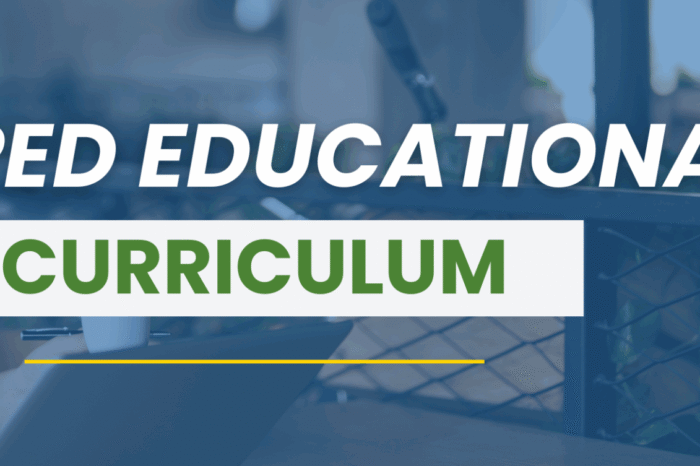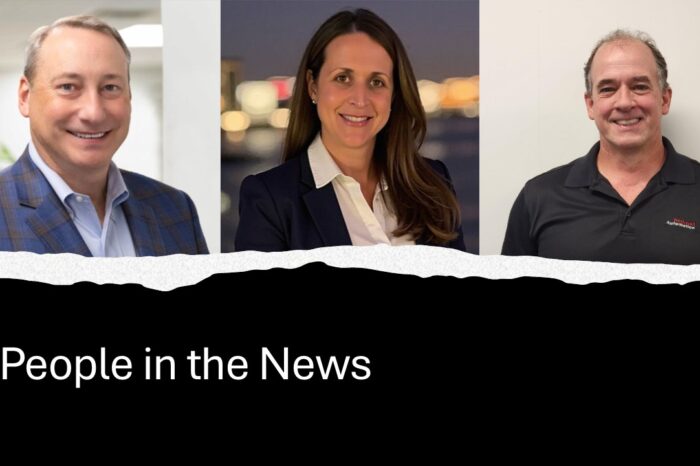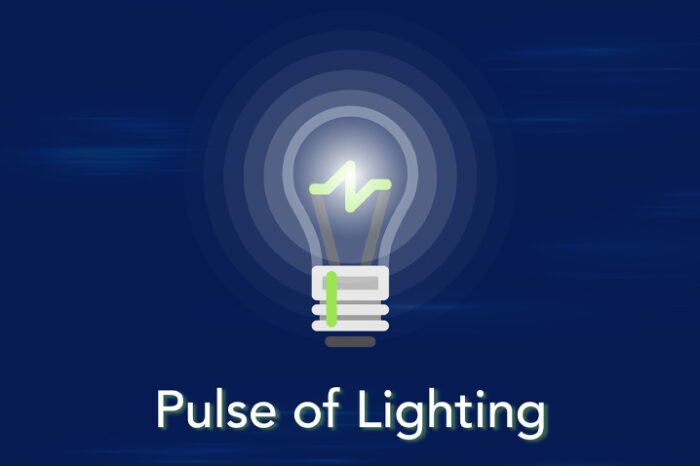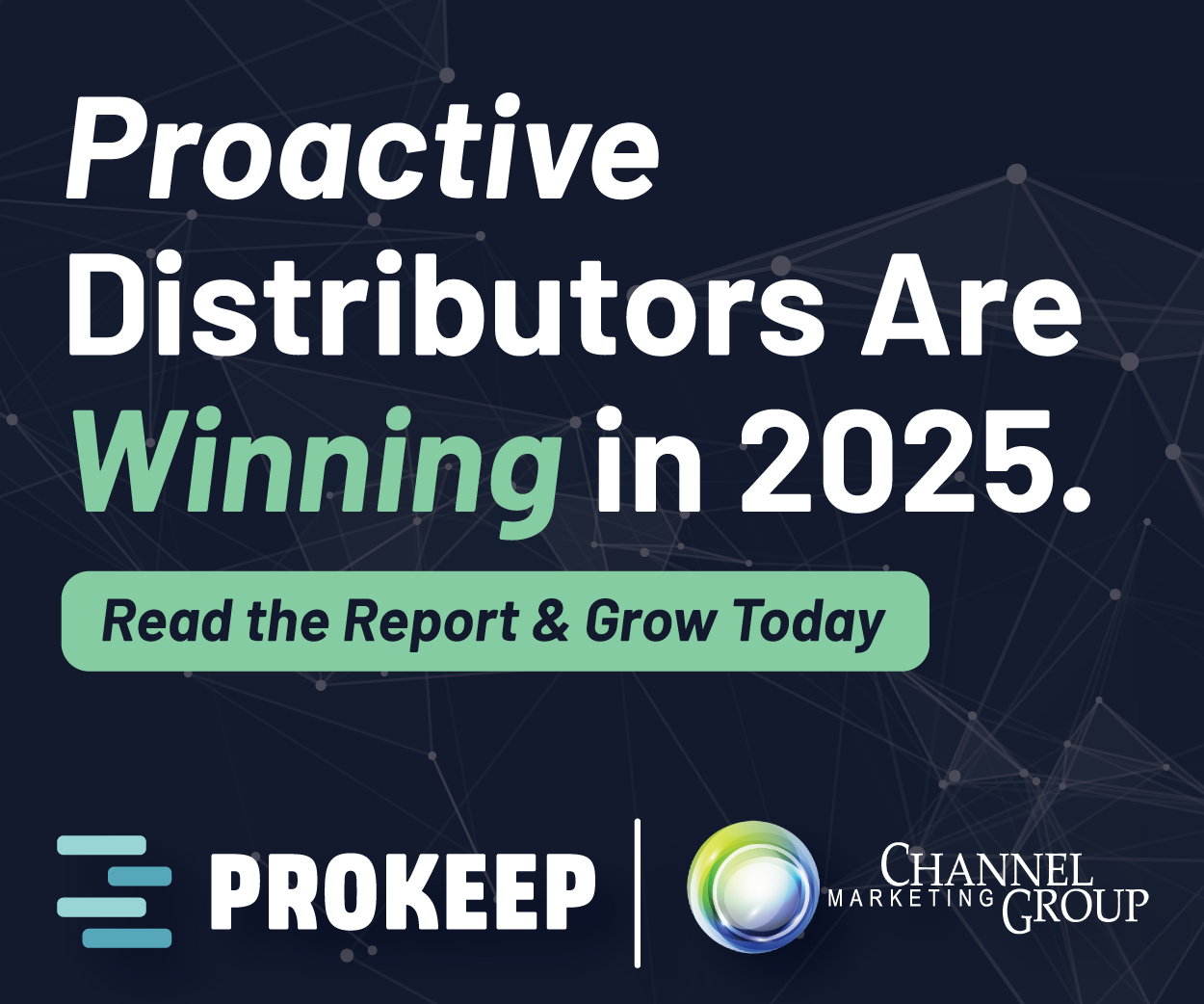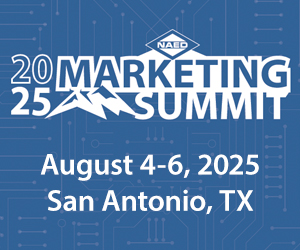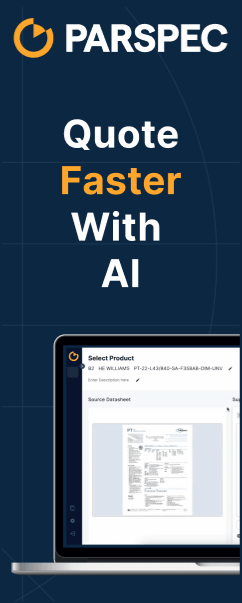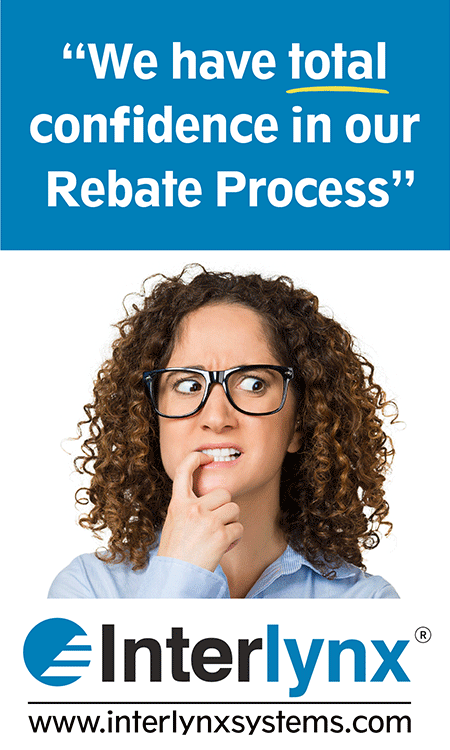Lighting Agents Unite
 It’s been said that “lighting agents are different.” While they may have desired to be different, there business challenges are the same as everyone else’s.
It’s been said that “lighting agents are different.” While they may have desired to be different, there business challenges are the same as everyone else’s.
Over the weekend I was finishing the 2025 Rep of the Future Report for NEMRA, adding some graphics, and cleaning up the formatting. It will be released by the end of the month if not sooner (email me if you want me to send a copy as soon as it is approved.)
At the same time, I was doing some research for a client that involved lighting agents and noticed the emerging similarities in business issues:
- The recent merger of Lighting Systems of Columbus and Jack Duffy & Associates, both OH-based Acuity agents that will be forming DLS Group at the beginning of the year. The merger was reported on by Inside.Lighting last week.
Expect more of these, for a couple of reasons.
- As we’ve seen throughout the industry, reps / agents have merged to form larger firms. Perhaps generational issues. Perhaps the need, or desire, to scale. It has occurred in lighting before. Consider LightSpec and how they have grown through acquisition. While it hasn’t occurred with Acuity agencies recently, they are not protected. There will be more mergers by Acuity agents with other Acuity agents, and eventually with manufacturer rep firms, the same as there will be between Cooper agents and eventually manufacturer rep firms. At the end of the day, there will be fewer lighting agents in the country.
- Lighting has also had a strange territory scenario, what I’ll call “micro-territories.” As the business has slowed, the expense of operating small territories grows. An agency needs to be a minimum of a state, same as for manufacturing representatives. With lighting representing only 13-15% of distribution sales and architecturally-oriented products about half of that, the business isn’t there to sustain the current model.
One of the findings from the report is a forecast of 25% less manufacturer representatives in 5 years. While the ROTF didn’t include NEMRA’s Lighting division given that it was founded this year, the same could be true.
- While many manufacturer representatives have expanded into “white goods” lighting, and there are a significant number that also have spec / architectural lighting divisions and are hence “full-line,” it is rare to see a lighting agent that is consciously seeking to develop a “supply / construction” division with an array of manufacturers.
- Cooper Lighting Solutions agent Chesapeake Lighting has a construction division, Chesapeake Construction Supply, that represents 17 construction and industrially-oriented manufacturers.
- Another finding from the ROTF was the emergence of more “full-line” representatives. “Full-line” refers to covering the entire (or as much as is practical) electrical distribution product offering. There will be more firms offering the complete lighting offering, and there are good business and project-insight reasons for this. Whether it is manufacturer reps acquiring lighting agents or lighting agents acquiring manufacturer representatives, or starting firms, look for the two models to converge.
- NEMRA’s Lighting division, which now has over 60 agency members, last month launched a training initiative developed in conjunction with IES. Called “Stepped Educational Curriculum,” is a four-level training program designed to “elevate lighting knowledge through an accessible pathway for growth.”
According to a press release from NEMRA, the four phases are:
- Level One: Lighting Trained – The entry point for all participants, the Level One course is the gateway for newcomers or those refining their expertise. This foundational online course establishes a core understanding of lighting basics, control principles, terminology, and system understanding to confidently engage with distributors, contractors, and specifiers.
- Level Two: Lighting Educated – Building on foundational knowledge, Level Two teaches advanced skills to sell lighting and controls. Designed for lighting agents and manufacturers, it covers product positioning, customer conversations, solution-based selling, and common applications. Perfect for sales, quotations, or project management roles, the course helps the student better understand customer needs and provide effective guidance.
- Level Three: Lighting Specialized – Advance from lighting generalist to specialist with training designed for working with designers, specifiers, architects, and engineers. This course covers the full lifecycle of a lighting system—from bidding to performance. Learn to navigate specifications, tackle challenges, and add value at every project phase. Prove that you’re ready to collaborate with the design community, not just sell.
- Level Four: Lighting Professional – The Level Four course of the NEMRA Lighting Stepped Educational Curriculum helps you master advanced lighting and controls, including layout, system integration, zoning, and design. Created for design-build teams, integrators, and high performance projects, it covers visual comfort, spatial intent, interoperability, sustainability, and lighting quality. For agents and manufacturers, it’s about becoming trusted advisors and taking a more strategic consultative approach.
Levels 1 and 2 are free to NEMRA Lighting members and do not require IES membership. Click here to learn more.
If you are a lighting agent, you should consider joining NEMRA Lighting and, if you are already a NEMRA member and are serious about lighting, you should join this division also. And if you have questions, contact Jeff Bristol.
Again, the tie to the ROTF was the need for product expertise and training. A rep / agency’s point of differentiation is its people. Manufacturers seek this and gravitate to companies with a commitment to people. Trained personnel add more value to distributors and, more importantly, to end-users / contractors as these individuals can offer advice and solve issues.
While historically the lighting ecosystem may have been different, the reality is that the issues that they face are the same business issues that other independent manufacturer representatives face. Together, each can learn from the other and, as the industry consolidates, new strategies to drive growth, and to ensure representative firms thrive, is necessary. In reality, as an industry, we’ll unite.




